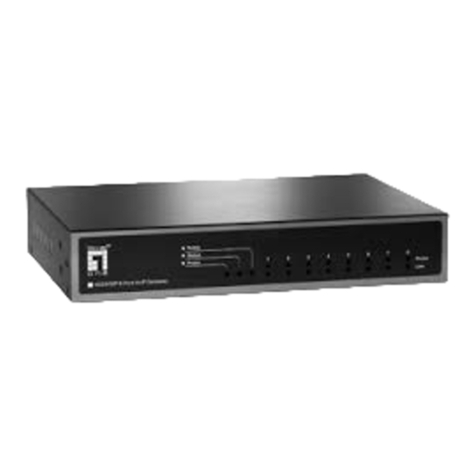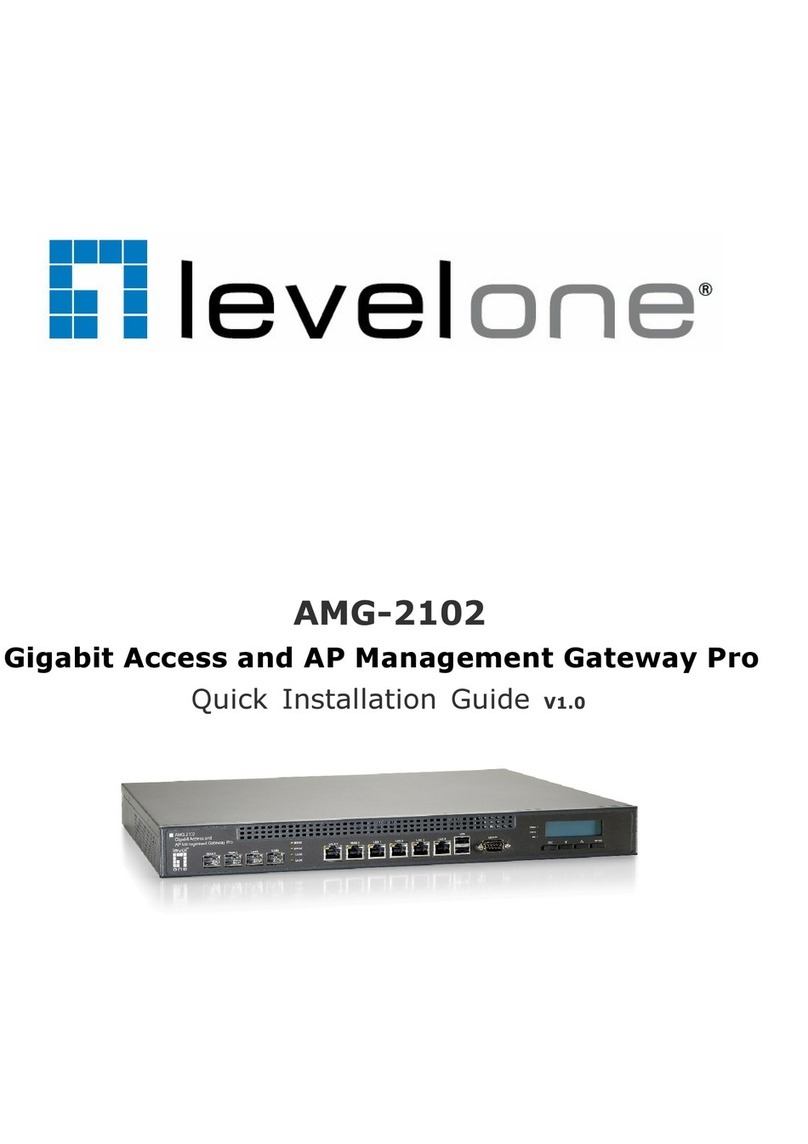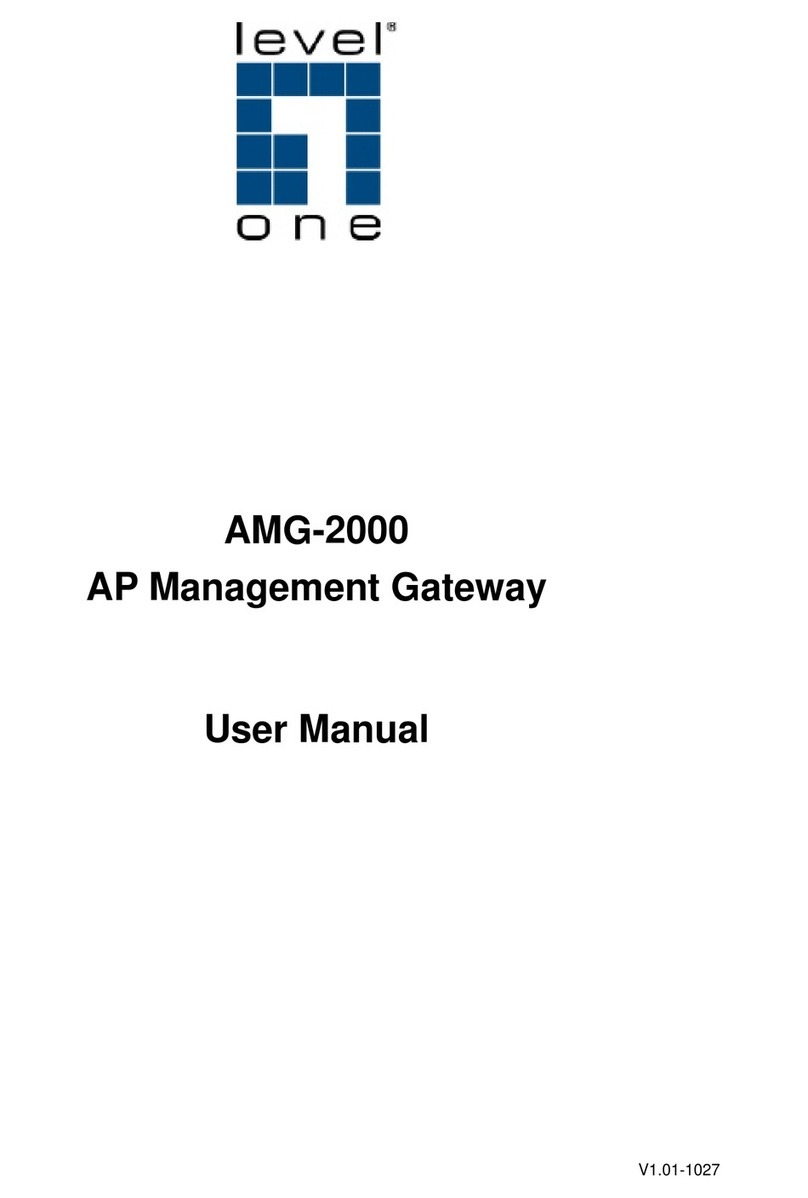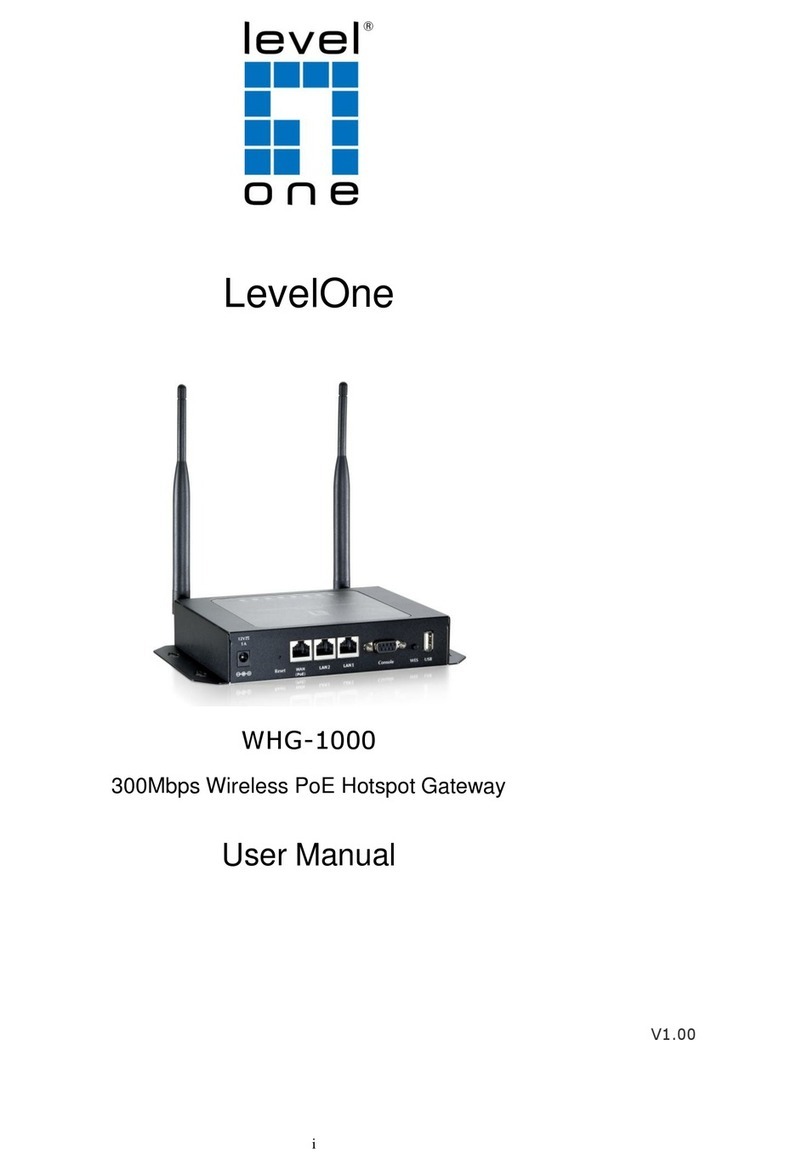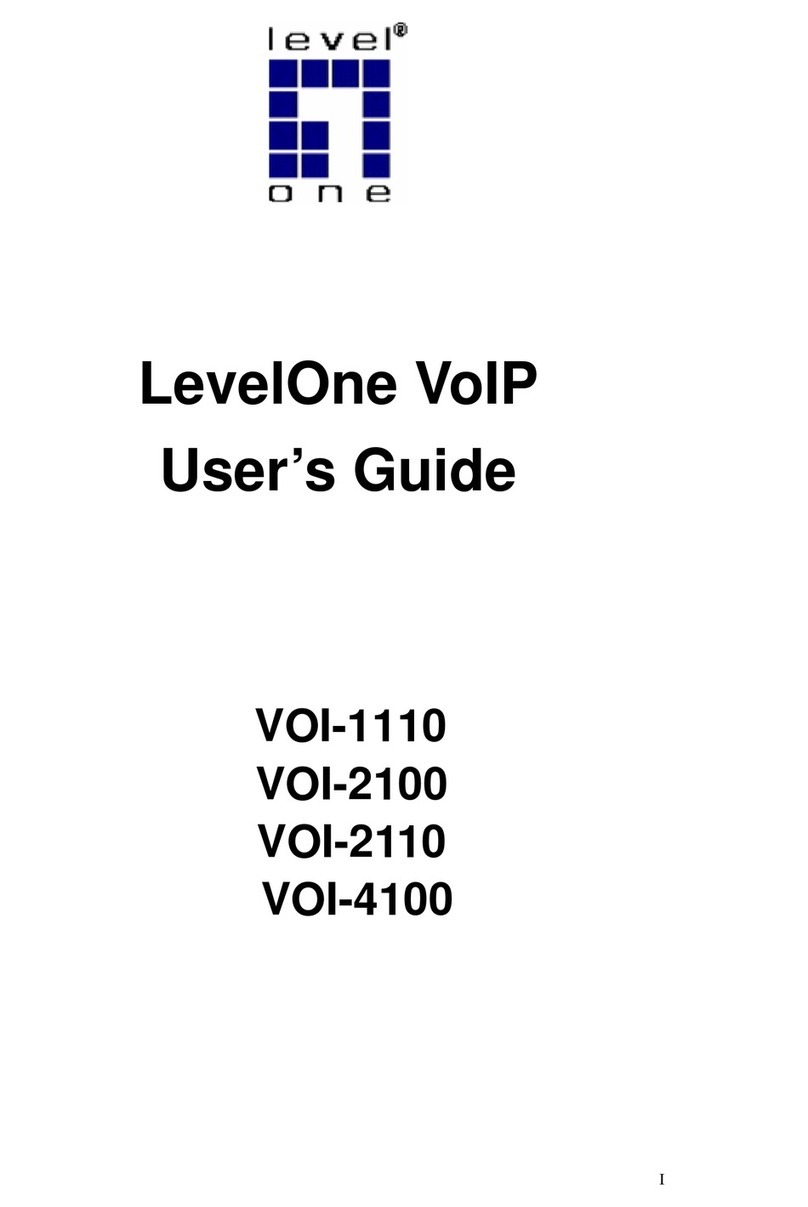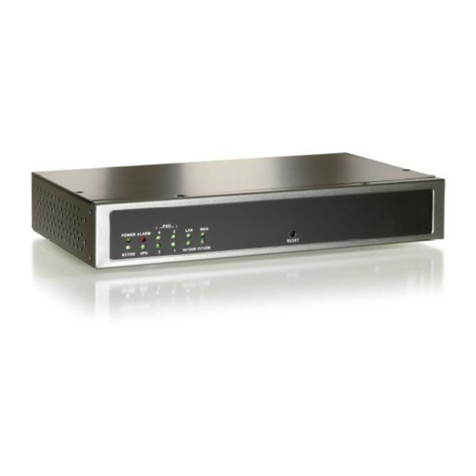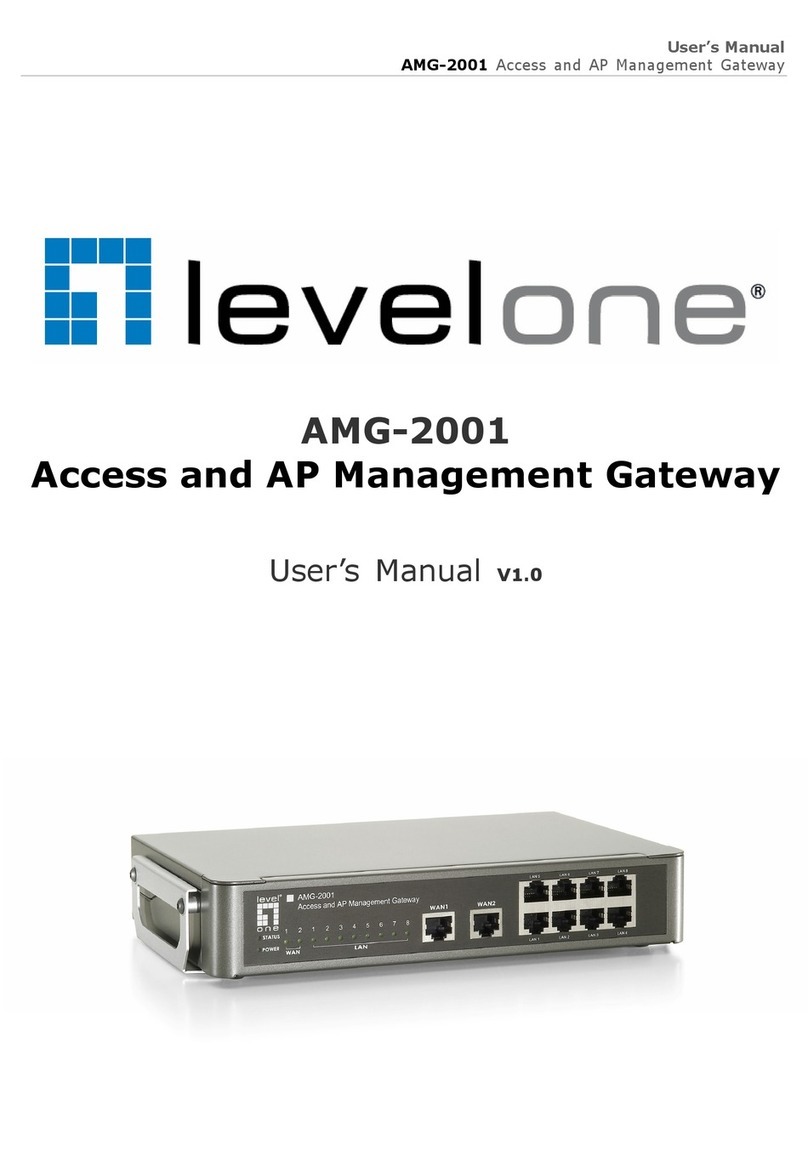
VOI-8000 User’s Guide
Preface
vii
Table of Contents
CHAPTER 1 OVERVIEW .....................................................................................................................1
1.1 FEATURES .......................................................................................................................................1
1.2 NETWORKING PROTOCOLS ..............................................................................................................1
1.3 PACKAGE CONTENTS.......................................................................................................................2
1.4 FRONT PANEL..................................................................................................................................2
LED Indicators.......................................................................................................................................2
Ports.......................................................................................................................................................3
Reset Button............................................................................................................................................3
1.5 REAR PANEL ...................................................................................................................................3
CHAPTER 2 INSTALLING THE VOI-8000........................................................................................4
2.1 NETWORK REQUIREMENTS..............................................................................................................4
2.2 INSTALLING THE VOI-8000.............................................................................................................4
2.3 INSTALLING THE TELEPHONY INTERFACE MODULE..........................................................................4
2.4 CONNECTING TO THE TELEPHONY DEVICES .....................................................................................5
2.5 CONNECTING TO THE NETWORK......................................................................................................5
2.6 PROVIDING POWER TO THE VOI-8000.............................................................................................5
2.7 ASSIGNING IP ADDRESS TO THE VOI-8000 .....................................................................................5
CHAPTER 3 VOI-8000 CONCEPTS ....................................................................................................6
3.1 HOW THE VOI-8000 OPERATES......................................................................................................6
3.2 ATPM.............................................................................................................................................6
3.3 DESTINATION ..................................................................................................................................6
3.4 HUNT GROUP ..................................................................................................................................7
3.5 DIAL PLAN ......................................................................................................................................7
Address Table.........................................................................................................................................7
Hunt Group Table(FXS4O4)..................................................................................................................8
Destination Table(FXS4O4)...................................................................................................................8
3.6 DTMF RELAY.................................................................................................................................8
3.7 VOICE CODECS................................................................................................................................8
CHAPTER 4 CONFIGURING VOI-8000 ............................................................................................9
4.1 HTTP SETTING MODE .......................................................................................................................9
4.2 WEB BROWSER SETTING SAMPLE ..................................................................................................21
4.3 CONFIGURING VOI-8000 FROM CONSOLE PORT............................................................................36
CHAPTER 5 MAKING A CALL WITH VOI-8000...........................................................................37
5.1 MAKING A CALL WITH VOI-8000 FXS MODULE ..........................................................................37
5.2 MAKING A CALL WITH VOI-8000 FXO MODULE..........................................................................37
5.3 MAKING A CALL WITH VOI-8000 APPLICATION SAMPLE..............................................................38
CHAPTER 6 APPLICATION SAMPLES ..........................................................................................42
6.1 SLIDE-IN MODULE CONFIGURATION .............................................................................................42
6.2 APPLICATION SAMPLES..................................................................................................................46
CHAPTER 7 TROUBLESHOOTING TIPS.......................................................................................53
